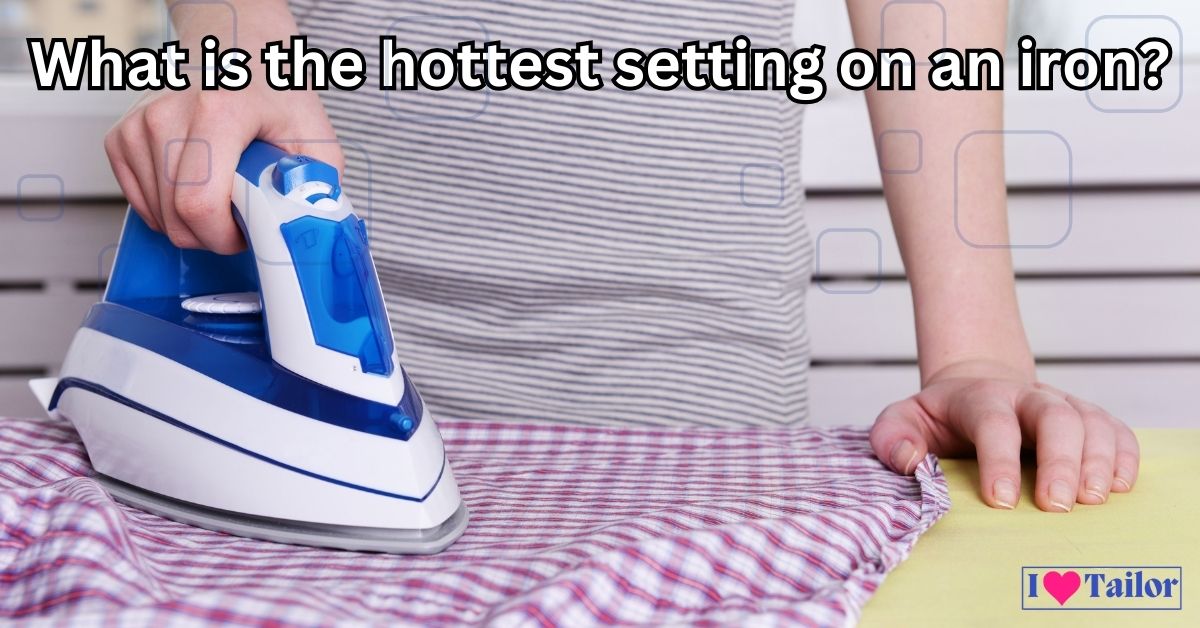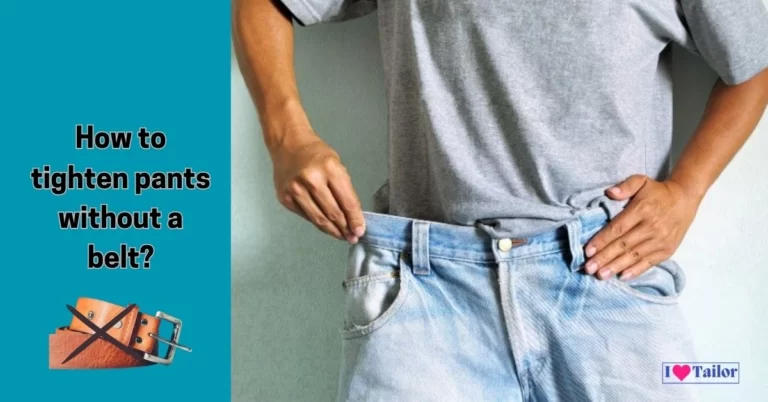What is the hottest setting on an iron?
When it comes to ironing, knowing the optimal temperature setting is crucial for both the longevity of your fabrics and the efficiency of your chore. One question that frequently arises in households and laundry rooms is: What is the hottest setting on an iron? We are here to dive deep into the intricacies of iron settings, fabric care, and how to achieve that immaculate, crisp finish.
The Basics of Iron Temperature Settings

First and foremost, iron temperature settings are generally categorized into four main groups: Low (Nylon, Polyester), Medium (Silk, Wool), High (Cotton), and Maximum (Linen). The hottest setting typically accommodates linen and can reach up to 445°F (230°C). But why does this matter? It’s because each fabric type has its own heat tolerance. Use the wrong setting and you risk damaging the fabric permanently.
Related: Can You Iron Dry Clean Only Clothes?
Different fabrics with the different hottest setting on an iron
Ironing is more than just a household chore; it’s an art form that requires a keen understanding of various fabrics and their temperature tolerance. With a myriad of fabric types to consider, knowing the optimal ironing temperature is paramount for preserving the integrity of your garments. Below, you will find an extensive, meticulously researched guide on different fabrics and their appropriate levels of heat, categorized from the lowest to highest iron temperature settings, and Iron Dress Shirts.
Synthetic Fabrics: Your Low-Heat Companions
Polyester
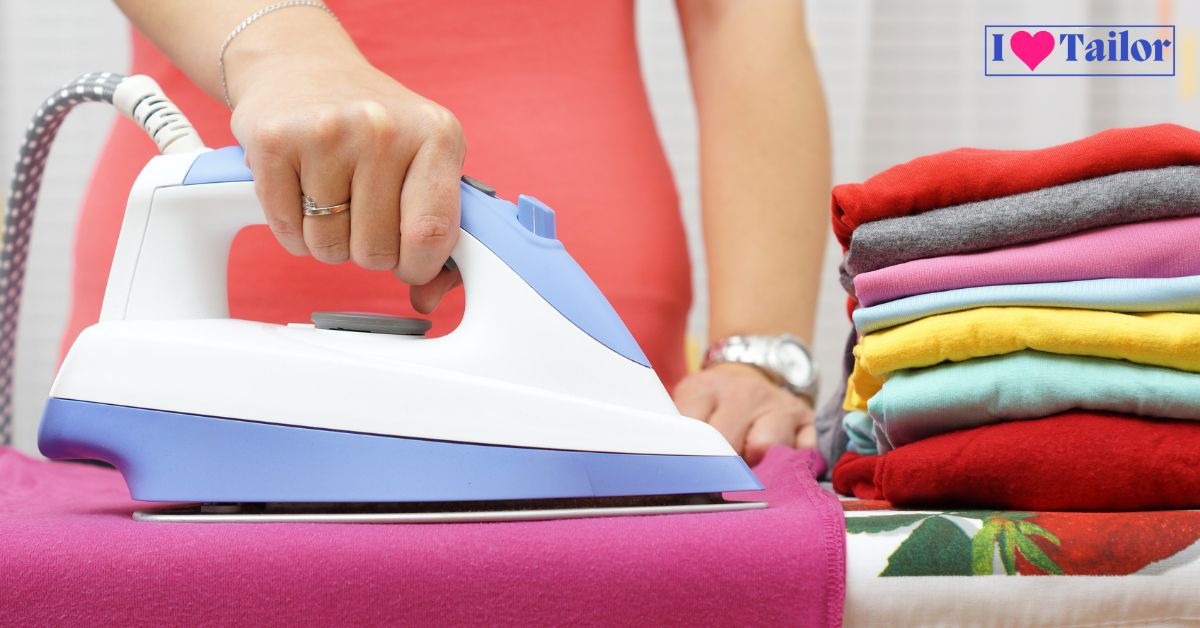
When ironing polyester, you’re looking at a temperature range of 230°F (110°C). Polyester is susceptible to heat damage, so it’s vital to use a low setting. The iron should be dry, and you may even consider using a pressing cloth as an additional protective measure.
Acrylic

Similarly, acrylic should also be ironed at low temperatures around 230°F (110°C). Because of its synthetic nature, high heat will ruin its form. Use no steam and a pressing cloth to avoid shiny marks.
Spandex
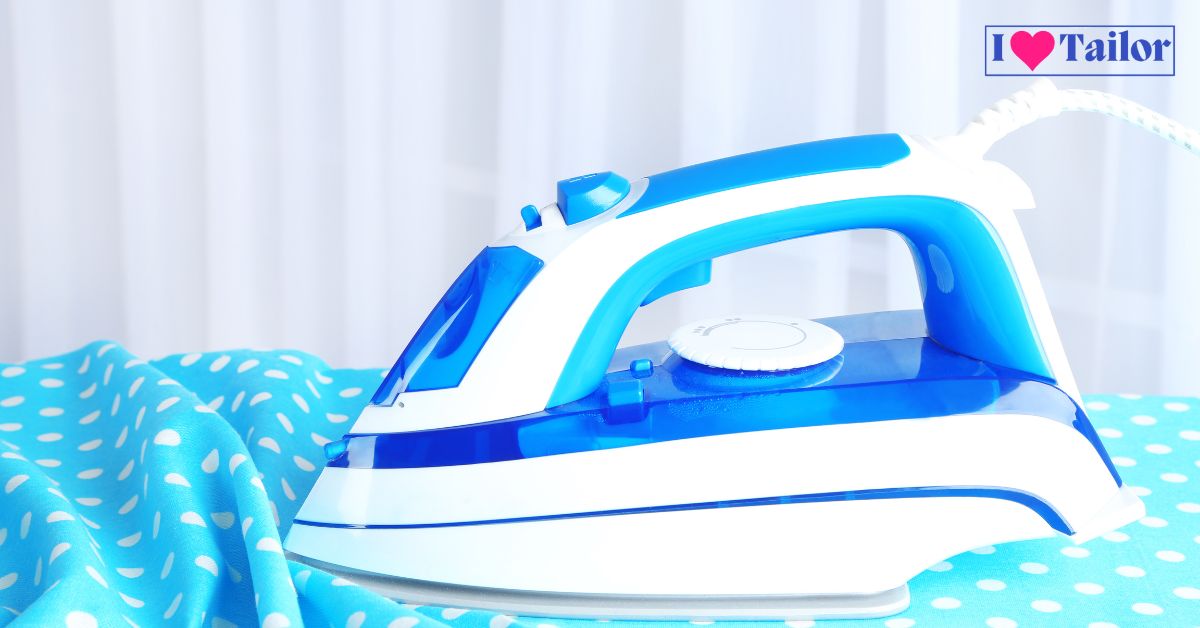
For spandex, the recommended ironing temperature is even lower, at around 215°F (100°C). Since spandex is commonly blended with other fabrics, always cross-check the ironing requirements for all components before proceeding.
Natural Fabrics: The Middle Ground of Heat Tolerance
Cotton

Cotton is one of the more resilient natural fibers. An ideal temperature for ironing pure cotton garments is 400°F (204°C). Use a steam iron for best results and iron while the fabric is still slightly damp to eliminate stubborn wrinkles.
Linen
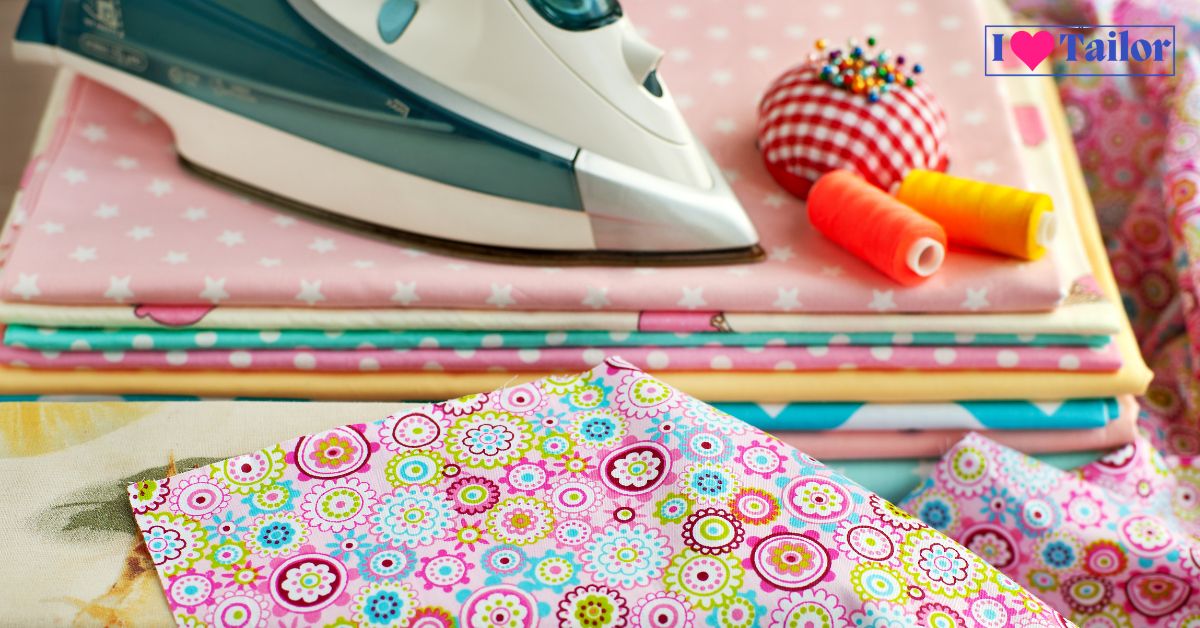
Pure linen is also quite forgiving and can handle heat settings up to 445°F (230°C). Like cotton, steam ironing on a damp surface produces excellent results.
Silk
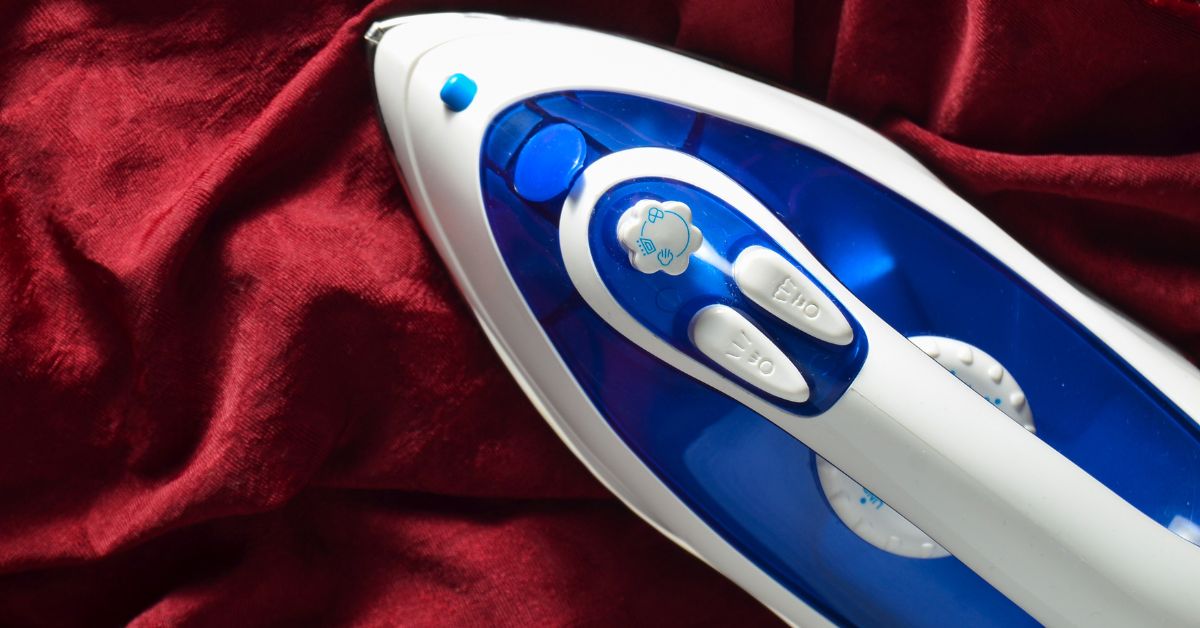
Silk is a delicate natural fiber requiring a moderate ironing temperature of 300°F (148°C). Use the lowest steam setting and always place a cloth between the iron and the silk fabric.
Luxury Fabrics: Handle with Extra Care
Cashmere
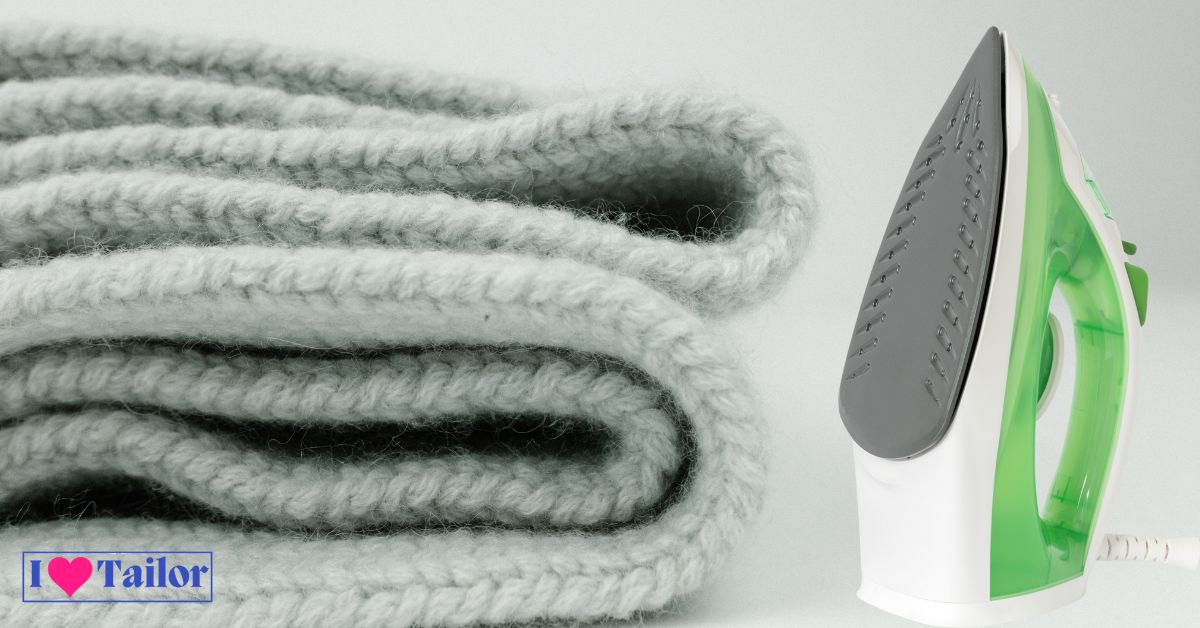
Cashmere stands apart due to its sensitivity to heat. Iron at 300°F (148°C) or lower, and opt for dry ironing to maintain its luxurious texture.
Satin
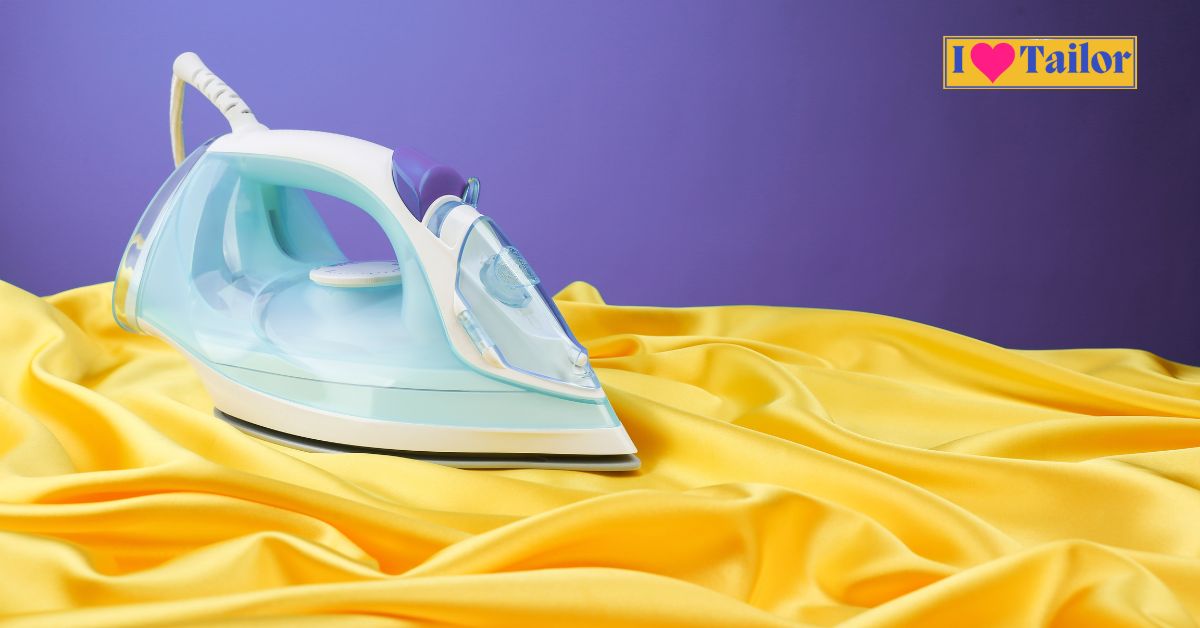
Satin is another fabric that requires vigilant care. Keep the iron’s temperature at 290°F (143°C). Always remember to iron satin garments inside out to protect the shiny surface.
High-Tolerance Fabrics: The Heat Resilient
Denim
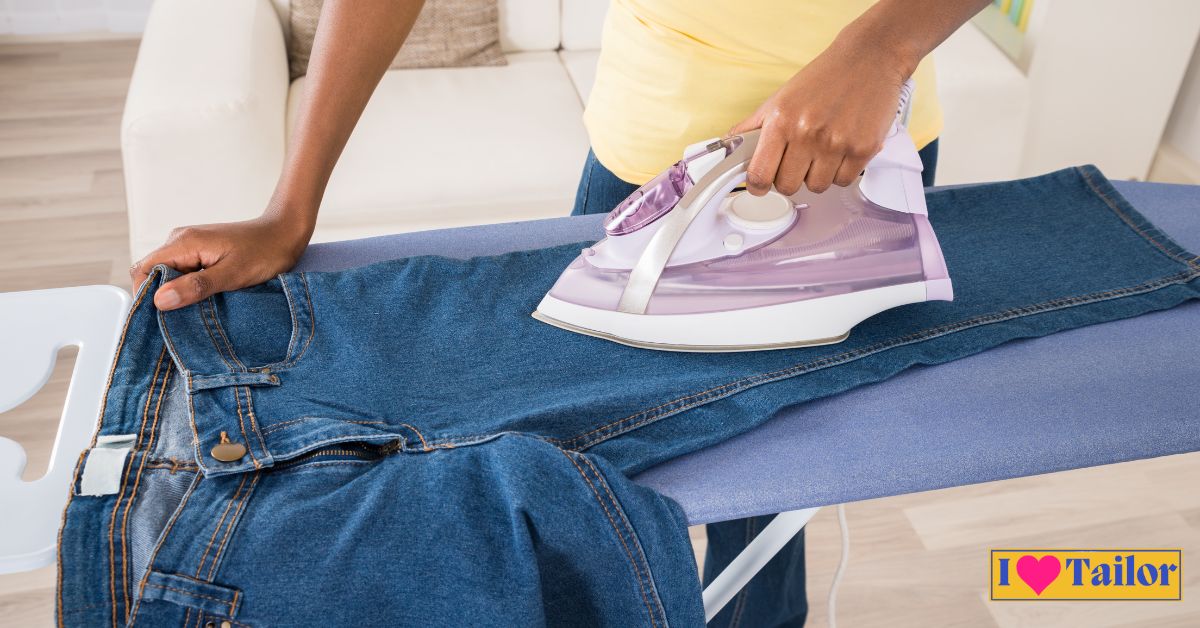
Ironing denim calls for a heat setting of 350°F (175°C). Due to its heavy weight, a steam iron works wonders on this fabric.
Corduroy
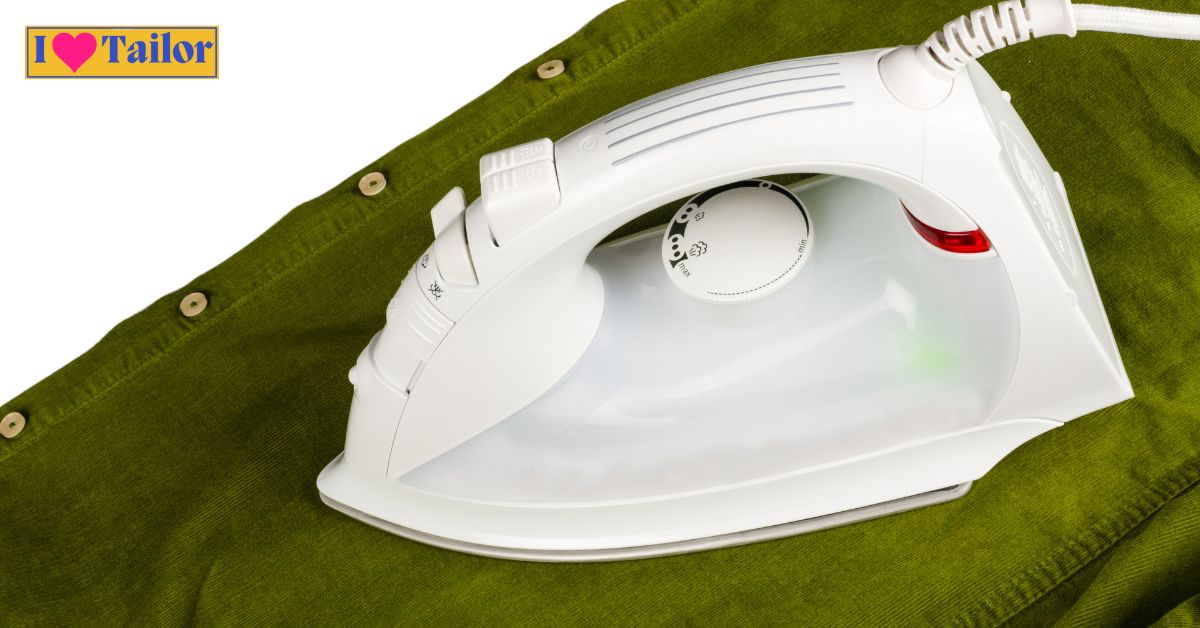
Corduroy needs a slightly higher temperature setting of 360°F (182°C). Again, a steam iron will help in achieving a crisp finish.
How to identify the hottest Setting on an Iron?
Locating the hottest setting on an iron is usually straightforward. Look for the dial or digital interface on your iron that indicates temperature control. Turn it to the maximum level—often marked with the word ‘Linen’ or a specific number—and your iron will heat up to its hottest temperature. Some advanced models even come with an LED indicator that turns off once the iron reaches its peak heat.
Safety Precautions at Maximum Heat
Using the iron at its hottest setting requires careful attention. Always ensure you are using an ironing board cover that can withstand high temperatures. Additionally, keep the iron moving to avoid burning the fabric. Staying in one spot too long at the maximum setting can lead to unwanted scorch marks and potentially ruin the garment.
Best Practices for Ironing at High Temperatures
For fabrics like linen or heavy cotton that require the highest heat setting, always test a small, inconspicuous area first. If no adverse effects occur, proceed to iron the rest of the garment. Using distilled water in the iron’s steam function is advisable, as it minimizes the chances of mineral deposits staining the fabric.
Impact of Water on Ironing
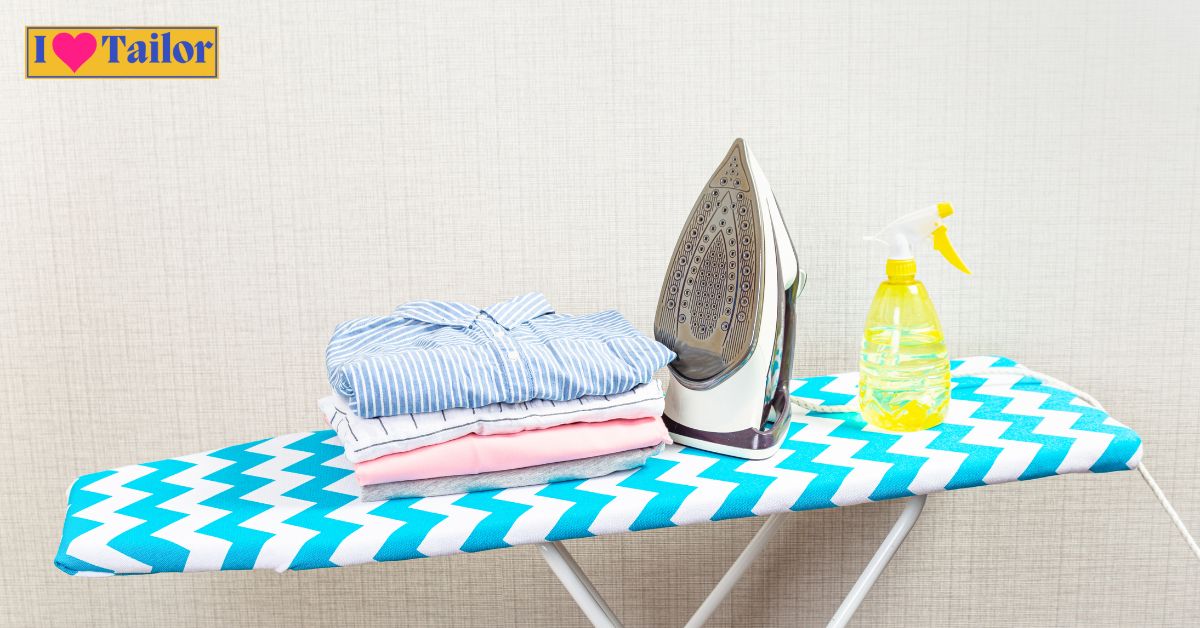
When ironing at high temperatures, the addition of water or steam is highly beneficial. It aids in relaxing the fibers, making them more receptive to reshaping. However, be cautious when using steam on delicate or synthetic fabrics, as it can damage them if the temperature is not adjusted appropriately.
FAQs
What is the correct heat setting for iron?
The correct heat setting varies by fabric: low for synthetics, medium for wool and silk, and high for cotton and linen. Always consult the garment’s care label. Test a small, hidden area before ironing fully.
When would you use a high heat on an iron?
Use high heat on an iron for natural fabrics like cotton and linen. Always check the care label first for guidance. Keep the iron moving to prevent scorching.
How to Choose Iron Temperatures for Fabrics?
Consult the garment’s care label for temperature guidelines. Match iron settings to fabric type: low for synthetics, high for cotton and linen. Test a hidden area first to ensure no damage.
Can you iron silk?
Yes, you can iron silk, but use low heat and a protective cloth. Always iron on the reverse side to prevent shine or damage. Test a small area first for best results for the hottest setting on an iron.
Can you iron rayon?
Yes, rayon can be ironed, but on a low setting. Use a pressing cloth to protect the fabric. Iron while damp for smoother results.
Final Thoughts on The Hottest Setting of an Iron
Understanding the hottest setting on an iron, and when to use it, can save you from many ironing mishaps. This setting is generally reserved for robust, natural fabrics like linen and heavy cotton. By adhering to best practices and safety guidelines, you can ensure that your clothes look their best without sacrificing their quality or longevity.
Thanks!

